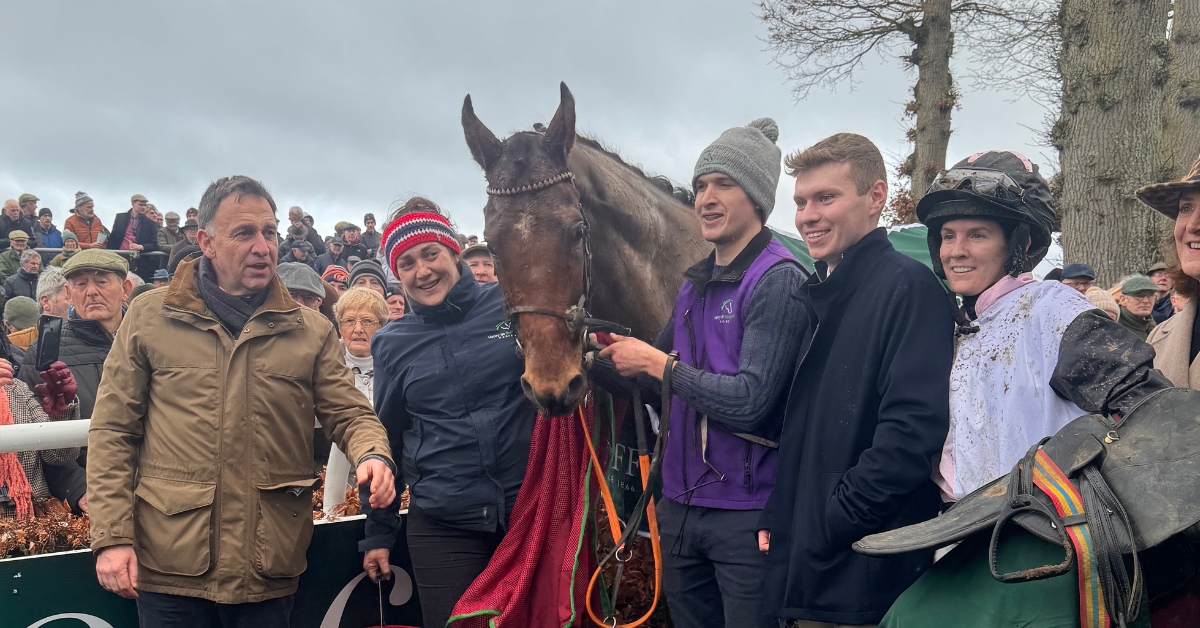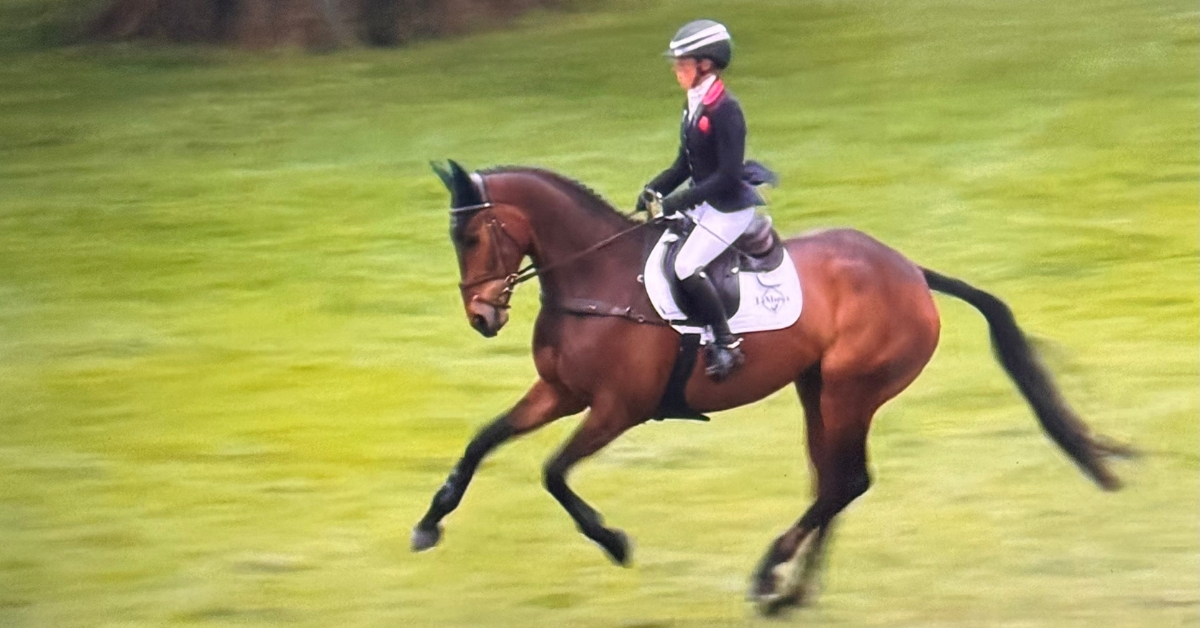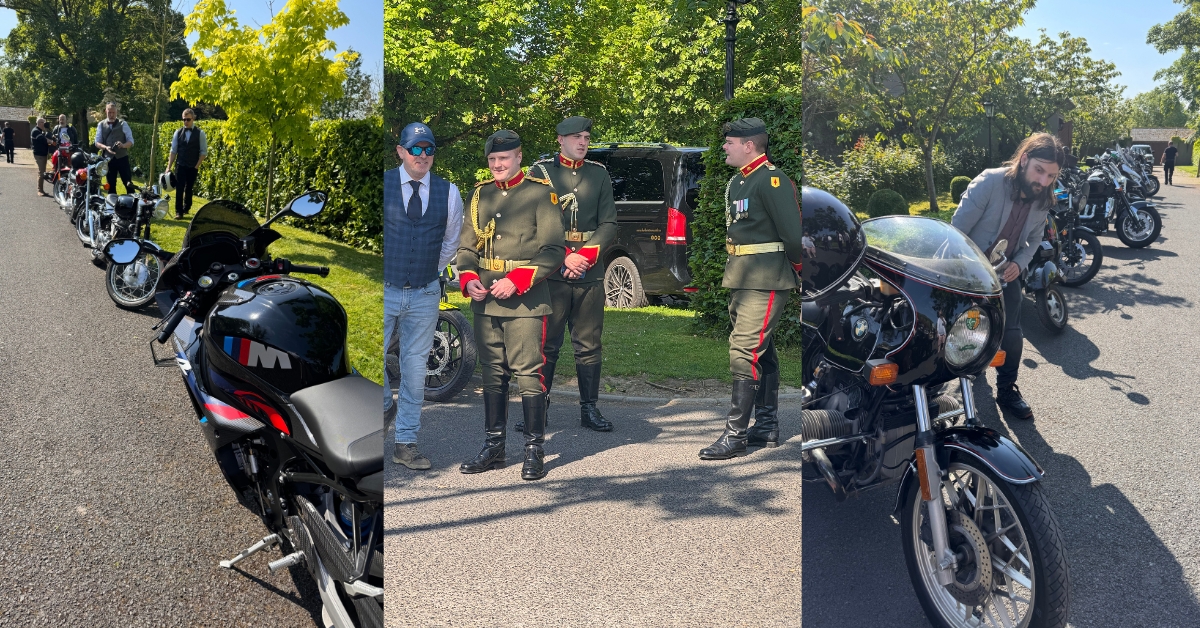Reduction in exercise or leaving horses off VS active rest
Horses like people suffer from burnout, both mentally and physically. Their age, physical maturity, training level and workload have a huge impact on how these horses perform and get through a season of competition.
Working a horse’s body hard day after day will result in injury, muscle exhaustion and mental burnout. So periodically horses and ponies, like human athletes, need to also step back and take time out. For most riders etc this means in their own heads a kindness to their horse. They aren’t being ridden so, therefore, they are getting a break, but in fact, a complete and total drop from full workload to nothing can be counteractive to the animal. Think of it like bed rest for a human athlete who has been running marathons or playing football, hurling, hockey etc. Their muscles are fit and then they are literally left in their bedroom for about 2 or three weeks with little time out or exertion on their muscles.
As Hilary Clayton noted when discussing giving horses breaks and time off
“Twenty-four hours in a stall isn’t beneficial, and no sound horse needs the kind of rest that verges on immobility, which results in deterioration of the locomotor tissues”
So instead we should take the approach that we take when dealing with human athletes, instead of full time off we should be looking at reduced workload and more targeted and detailed training, engage them in low impact activity while targeting different muscle groups into this.
This kind of active rest could be as simple as letting your jump horse go hacking, take them to the beach, on forest walks, focus on low-level dressage tests for fun, cross country over the small obstacles, low-level ground poles, take them to a swimming facility.
Make small changes from the same day in day out practice of your training, change the mental approach and target new muscles.
We call this cross-training. Cross-training, which incorporates different types of activities in the exercise program, will not only keep your horse sharper mentally but will help preserve his soundness.
Studies were performed on young horses from foal to older horses and it was found that those who had been kept out a field and stalled in winter to those who were, in fact, kept mostly in stables with reduced time in paddocks. Those in the stalls had a significant increase in injury and breakdown.
So cross-training is vital to horses mentally and physically. Don’t get me wrong it is very hard to walk out with your top-level showjumper and ask him for a gallop across heavy ground, but what we mean is head to a good cross country all-weather track and jump the small fences, take them to the beach for a light steady canter or trot, try taking them for a walk out the road with an active trot up the hills etc.
By incorporating Cross training you are saving groups of muscles from being strained, which in turn accumulates into stress injuries and consequently, breakdown. So as discussed by Clayton “ cross-training develops a set of additional athletic skills that will be useful to the horse in its athletic ability for its chosen discipline.
So for example, take the jumping horse, a horse mainly schooled in an arena, day in day out. Time with reduced workload or corrective measures to develop and incorporate cross-training could include a focus on impulsion. The usual will work in the arena with the likes of bounces, canter poles, etc. To incorporate cross-training and work on impulsion, the rider may decide to do some hill work or bounding canter work up a field.
A horse who, in the arena or at shows, finds itself excitable or nervous, can be worked with quietly and easily while hacking, this, in turn, reduces stiffness and establishes calmness.
For horses who suffer from being behind the bit, shortening their necks etc – a good walk or trot on an encouraged longer rein will help by getting the horse to lower and extend the neck thus engaging the core and lengthening their frame. Or if you have a stiff horse, generally when jumping, try cross country. They would benefit from working on correct flatwork or low-level dressage, getting them to soften and work on suppleness both left and right.
Building experience, confidence, and providing mental stimulation without exerting muscles too much is massively beneficial. Nothing will stop you from working on some shoulder in, half halting, etc while hacking, you’ll just be in a different environment. Take a look at Carl Hester’s approach to schooling. He recently had a video up regarding his schooling out in the field of his dressage horses, to show that they work in new environments and on different ground types.
Variety is the spice of life
Don’t get us wrong, there are times when a horse needs a complete break, horses like this are normally horses who take part in endurance, a three day event, or those after a very long journey while out traveling for competition. But again not to be cooped in a stall, we are talking about taking a break for a few hours out in the field with some friendly buddies to groom and be a horse around.
So a rest can include a break to the field for a couple of weeks, they are moving, grazing, and getting social interaction. A horse should only be on bed rest when a veterinarian has suggested doing so and normally this is done in terms of injury.
Studies have proven that horses on a “ break “ should be worked 3 or 4 times a week, but only lightly, with an introduction to some light cross-training and new mental stimulants. Horses who are left off completely without any form of exercise are shown to have an increased risk of injury, struggles in improving fitness, and a slower return to competition than those who have been given reduced workloads!


Share
Your subscription is 100% Free for our first year, No credit card details required.

Rachael Blackmore retires: a standard-setter, a champion, and one of our own. It’s not easy to put a career like

Ros Canter has secured her second Mars Badminton Horse Trials title riding Lordships Graffalo, the now 13-year-old gelding already being

Why the Countdown to The Distinguished Gentleman’s Ride Kildare Matters In just ten days, the engines will roar and the